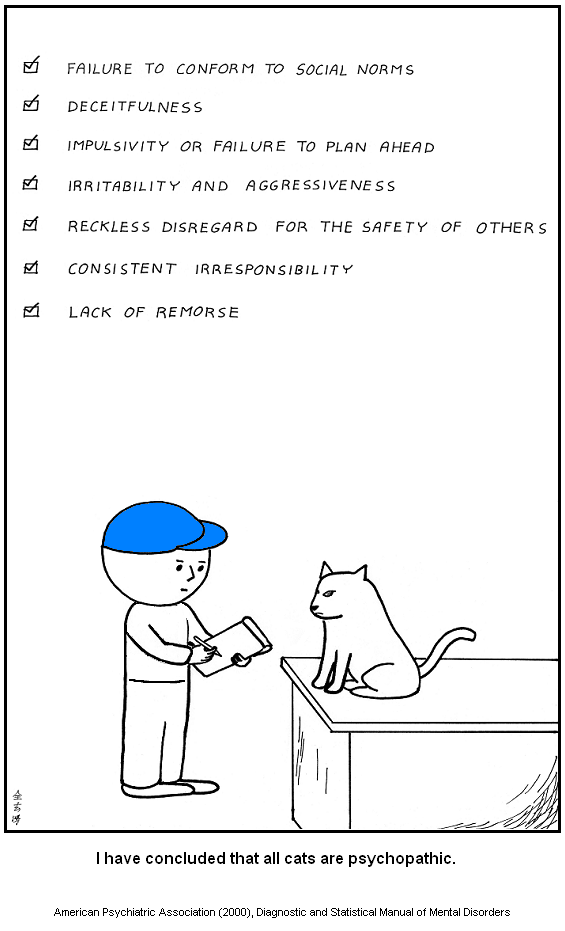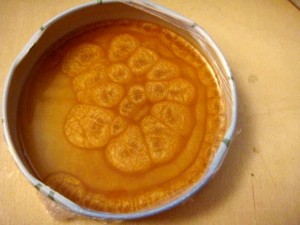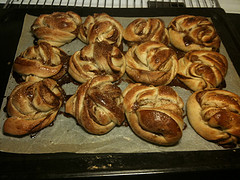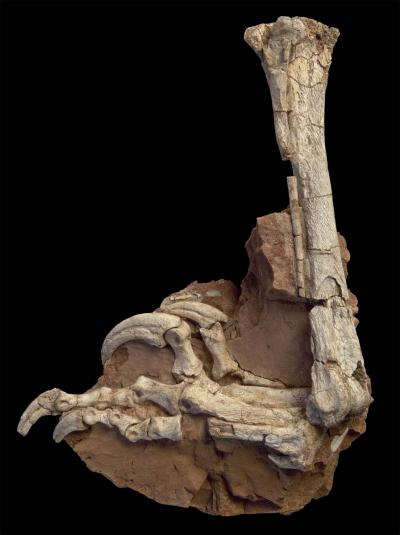 I’ve never understood how we go about ascribing character traits to animals. Every cat I’ve known fits Abstruse Goose’s checklist, but aren’t we both just making stuff up? No dog I ever had could remotely be described as “faithful” or “devoted;” they’re in it for the free lunch, period. Continue reading
I’ve never understood how we go about ascribing character traits to animals. Every cat I’ve known fits Abstruse Goose’s checklist, but aren’t we both just making stuff up? No dog I ever had could remotely be described as “faithful” or “devoted;” they’re in it for the free lunch, period. Continue reading
Something astonishing happened on Canada’s west coast in late August and early September, something that took my breath away. The sockeye salmon returned to the Fraser River in such vast numbers that fishery scientists could scarcely believe what was happening. In July, they predicted a run of 11.4 million salmon. Four weeks later, when the sockeye began massing at the mouth of the Fraser, they bumped up the estimate to 25 million.
Then, on September 1st, as the fish began their arduous journey upriver, researchers came up with a new figure. As many as 34 million fish, they calculated, had entered the river–the largest Fraser River run since 1913. People flocked to the docks, snapping up fish at a $1 a pound. Barbeques sizzled, and all Vancouver seemed to be caught up in a kind of salmon euphoria, a caloric contentment that looked to be contagious.
Lurking just beneath the festive surface, however, was a deep puzzlement. Recent years have seen a catastrophic decline in the Fraser River sockeye stocks, most likely due to a lethal combination of overfishing, habitat loss, climate change and diseases spread by fish farms. Last year, fewer than 2 million sockeye turned up–less than 2 percent of the river’s estimated peak levels–prompting the Canadian government to launch an official public inquiry into what had gone so terribly wrong. Continue reading

Heat rises, cold falls, and like a pan of soup on a hot stove, the earth boils, exceedingly slowly. The boiling is called convection: columns of heat rise from the earth’s hot core, move up through the viscous solidity of the mantle, cool at the crust, roll over and fall back down. The crust that rolls along the top of the mantle is broken into continental plates which move with the boil, pushing up and apart where heat is rising, sinking under and down where the cold falls. And thus the continents are recycled. It’s all just physics. But certain parts of the continents called cratons – places in, for instance, Canada, South Africa, Australia — don’t recycle. They just sit there while their plates move around them, they’re a couple hundred kilometers deep, they’re like stable keels, and how they manage the stability has been a mystery. Continue reading
Without a doubt, this one of the most beautiful and sinister-looking fossils I have seen in recent years. It is the exquisitely preserved hindlimb of a brand new species of carnivorous dinosaur, Balaur bondoc, discovered in Romania and described eight days ago in Proceedings of the National Academy of Sciences. This creature dates to the Late Cretaceous, a time when rising seas had swallowed much of Europe, leaving only a sprinkling of islands. Balaur stalked one of those islands.
What we’re looking at here is the business end of this beast: a foot perfectly evolved for disemboweling prey. The big toe, the uppermost in the photo, is equipped with a large sickle claw that could extend outward to slash the soft underbelly of its prey. And if this weren’t lethal enough, the toe next to it was similarly adapted, making Balaur, whose name derives from the ancient Romanian word for “dragon,” a double threat. Continue reading

I’m a keen reader of the New York Times Book Review, and thanks to the wonderful New York Public Library, I’m able to read bestsellers soon after they are published. However, I’ve often thought that old books – both the classics and the more obscure tomes that one finds tucked away in dusty old bookshops – deserve their own reviews. Some are beautifully written but often ignored. Others are just plain weird, but worth a look (and a laugh). So here goes with my first “really old book review”: Charles Darwin’s The Expression of the Emotions in Man and Animals, published in 1872.
Even though Heather is Canadian, Josie and I have prevailed and Last Word on Nothing is having a holiday today, the American Labor Day during which labor is celebrated but nobody works. We’ll be back on Tuesday and we hope that before then you won’t have gotten discouraged and quit. Please, come back.
Actually Labor Day celebrates the Labor Movement, and this picture is one of the reasons why.
Photo caption: “A little spinner in the Mollohan Mills, Newberry, S.C. She was tending her ‘sides’ like a veteran, but after I took the photo, the overseer came up and said in an apologetic tone that was pathetic, ‘She just happened in.’ Then a moment later he repeated the information. The mills appear to be full of youngsters that ‘just happened in,’ or ‘are helping sister.’ Dec. 3, 08. Witness Sara R. Hine. Location: Newberry, South Carolina”
Photo credit: Lewis W. Hine for the National Child Labor Committee

Buns are flying across the airwaves of The Last Word on Nothing: currant buns, sticky buns, cinnamon buns, steamed buns, hot dog buns–all kinds of buns, but thankfully no buns of steel (yet). The bunfight began several weeks ago with an exchange between myself and my esteemed colleague, Ann Finkbeiner, on the benefits and burdens of bugs. Now I have discovered two fascinating ant stories to add to my armamentarium.
The ants in question don’t eat sticky buns, though some species, like the odorous house ant, are very fond of sugary sweets. No, the first type of ant is a leaf-cutting fungus farmer living in Trinidad and Tobago. Acromyrmex octospinosus grows and feeds on a fungus called Leucoagaricus gongylophorus, “which it cultivates on a medium of masticated leaf tissue” (thanks, Wikipedia).
Scientists led by Matt Hutchings and his Ph.D. student Joerg Barke of the University of East Anglia in the U.K. have discovered that these ants use multiple antibiotics as weed killers to maintain their fungus gardens. Continue reading
 Sublime: you don’t hear it much except as an adjective meaning really, really good, used the way “divine” or “glorious” “wonderful” are used, just another adjective, nothing to do with divinity or glory or wonder. But really, sublime describes something that takes you beyond the ordinary — Glenn Gould plays Bach sublimely — something transcendent, exalted. It’s a lovely word, a word that inspires love. Continue reading
Sublime: you don’t hear it much except as an adjective meaning really, really good, used the way “divine” or “glorious” “wonderful” are used, just another adjective, nothing to do with divinity or glory or wonder. But really, sublime describes something that takes you beyond the ordinary — Glenn Gould plays Bach sublimely — something transcendent, exalted. It’s a lovely word, a word that inspires love. Continue reading

